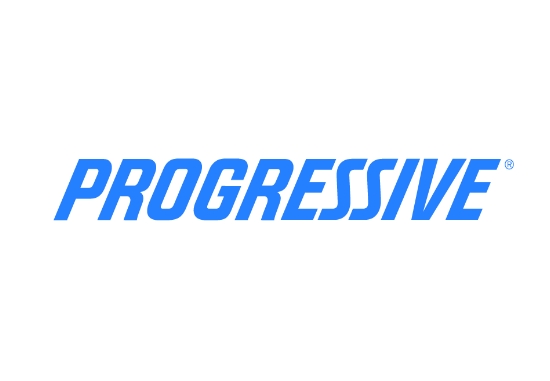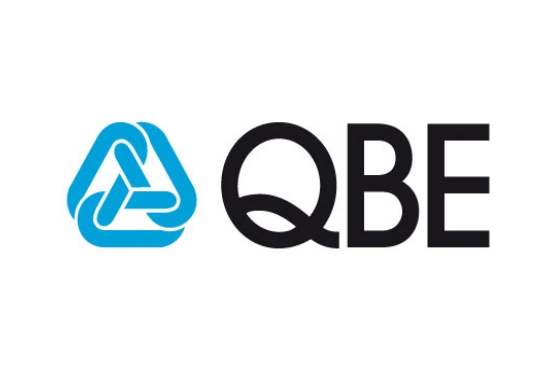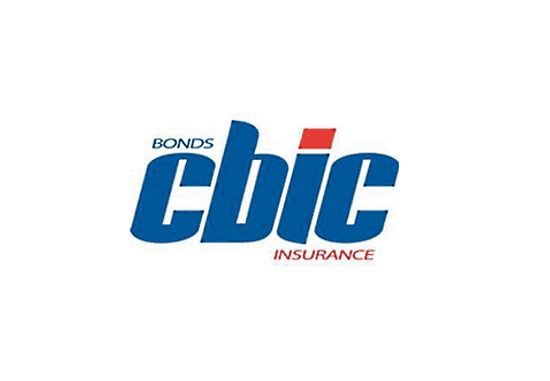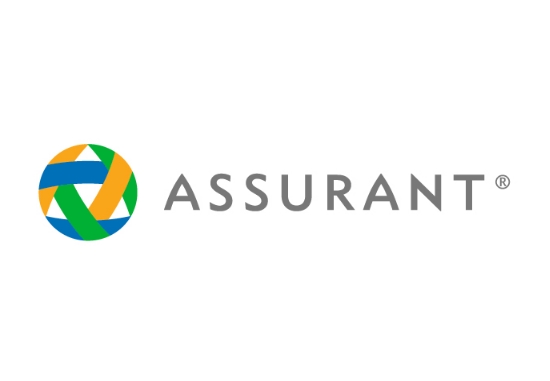How does medicare work?
Medicare is a federal health insurance program in the United States that provides coverage primarily for individuals aged 65 and older, as well as some younger individuals with certain disabilities.
Here’s how Medicare works:
Eligibility: To be eligible for Medicare, you must meet specific criteria:
- Age: Most individuals become eligible for Medicare at age 65.
- Disability: Some individuals under age 65 with certain disabilities, including those who have been receiving Social Security Disability Insurance (SSDI) benefits for 24 months, can also qualify for Medicare.
- End-Stage Renal Disease (ESRD) or Lou Gehrig’s Disease (ALS): Individuals with ESRD or ALS may be eligible for Medicare regardless of age.
Medicare Parts: Medicare is divided into several parts, each covering different aspects of healthcare:
Medicare Part A (Hospital Insurance): Part A covers inpatient hospital care, skilled nursing facility care, hospice care, and some home health services. Most people do not pay a premium for Part A if they or their spouse paid Medicare taxes while working.
Medicare Part B (Medical Insurance): Part B covers outpatient medical services, preventive care, doctor’s visits, and durable medical equipment. It requires a monthly premium, the cost of which can vary based on income.
Medicare Part C (Medicare Advantage): These are private health plans approved by Medicare that offer Part A and Part B benefits. Many also include prescription drug coverage (Part D) and additional benefits like dental and vision. Beneficiaries pay premiums to the private insurance company offering the plan.
Medicare Part D (Prescription Drug Coverage): Part D plans provide coverage for prescription medications. Beneficiaries can choose from various stand-alone Part D plans or get prescription drug coverage through a Medicare Advantage plan. Premiums vary by plan.
Original Medicare vs. Medicare Advantage: Medicare beneficiaries have two primary options:
- Original Medicare (Part A and Part B): Beneficiaries can use their Medicare coverage to receive healthcare services from any provider that accepts Medicare. They may also add a separate Part D prescription drug plan.
- Medicare Advantage (Part C): Beneficiaries can enroll in private health plans that offer Medicare benefits. These plans often include prescription drug coverage and may have networks of preferred providers.
Costs and Coverage: While many services are covered under Medicare, beneficiaries may still be responsible for certain costs, such as premiums, deductibles, coinsurance, and copayments. The specific costs and coverage details can vary based on the parts and plans chosen.
Enrollment: Most people are automatically enrolled in Medicare Part A when they turn 65, but they must actively enroll in Part B. Enrollment periods and rules can vary. There are initial enrollment periods, special enrollment periods, and annual open enrollment periods for Medicare Advantage and Part D plans.
Supplemental Coverage: Some beneficiaries choose to purchase supplemental insurance, known as Medigap, to help cover out-of-pocket costs associated with Original Medicare. Medigap plans are offered by private insurance companies.
Medicare provides essential healthcare coverage for millions of Americans, but it’s important to understand the various parts, options, and costs associated with the program. Beneficiaries often need to make choices about their coverage, including whether to opt for Original Medicare, Medicare Advantage, or supplemental insurance, based on their individual healthcare needs and preferences.
We will find the best business insurance tailored to your needs. Read more…
Related Posts
Get a Right Insurance For You
SHARE THIS ARTICLE
We will compare quotes from trusted carriers for you and provide you with the best offer.
Protecting your future with us
Whatever your needs, give us a call, have you been told you can’t insure your risk, been turned down, or simply unhappy with your current insurance? Since 1995 we’ve been providing coverage to our customers, and helping people across United States.












